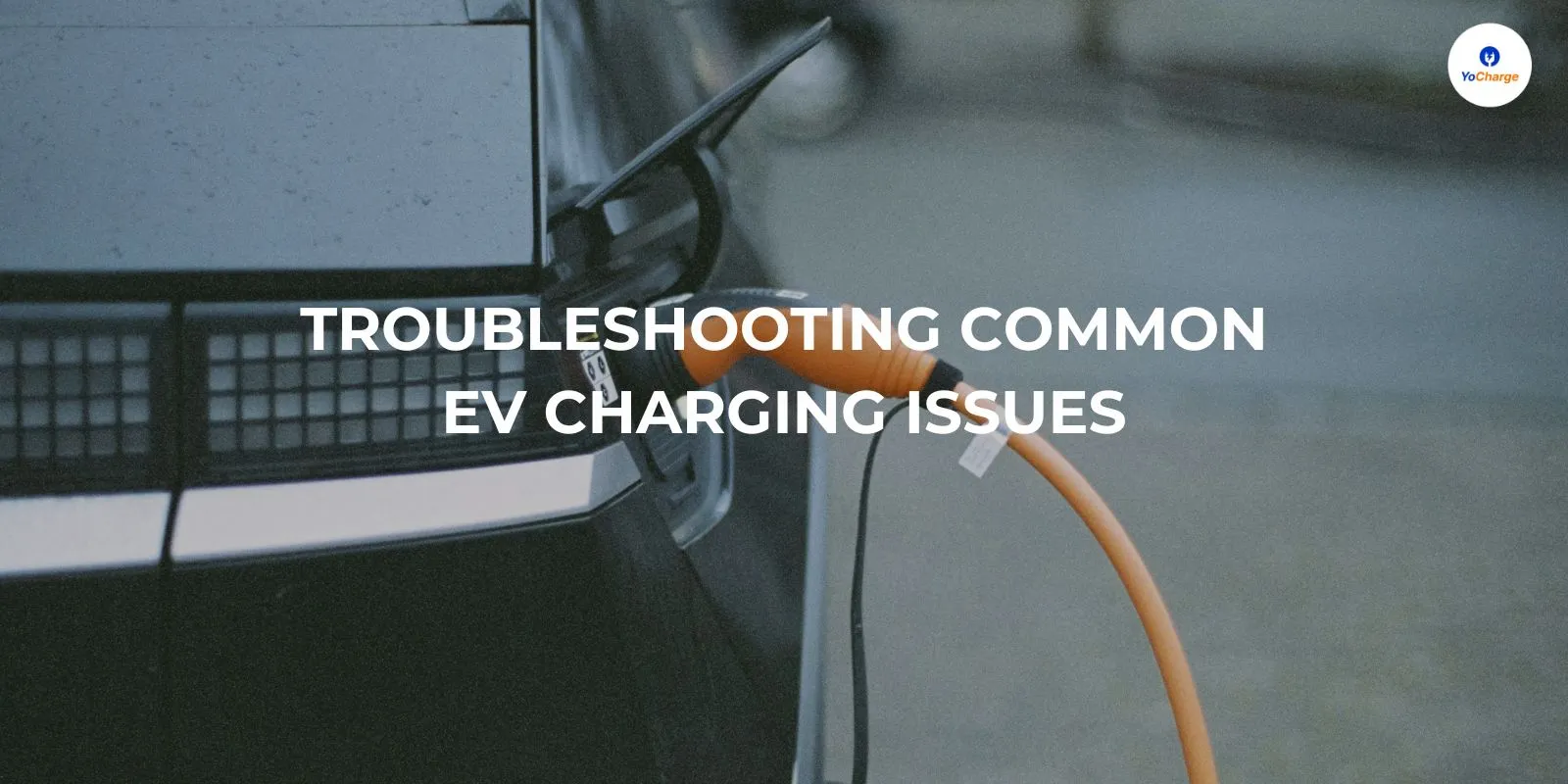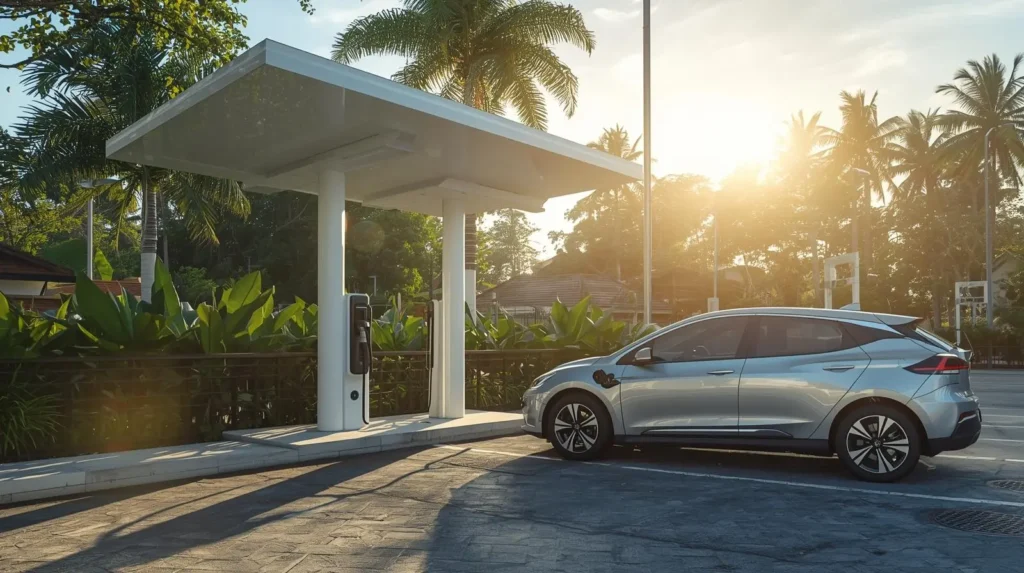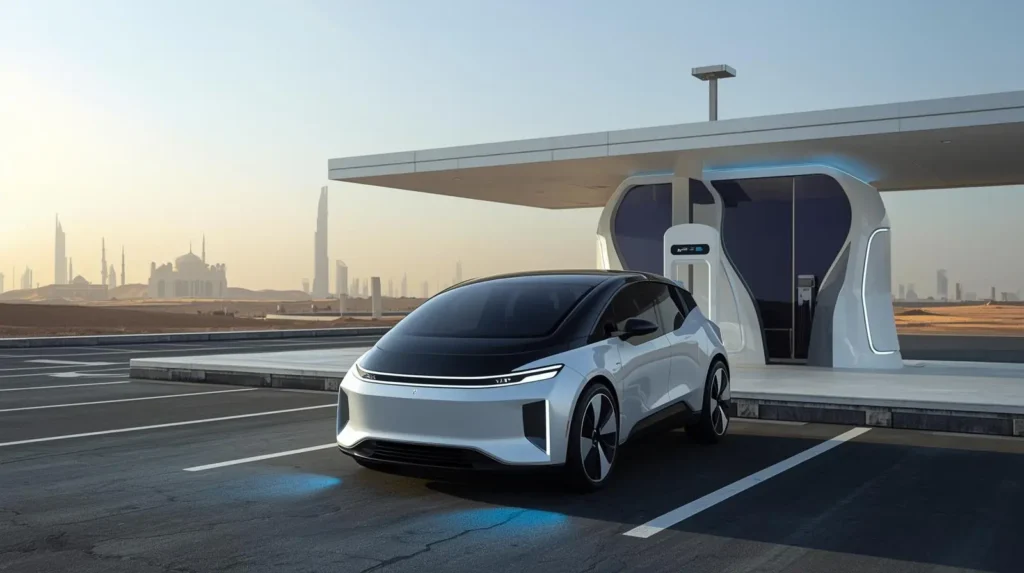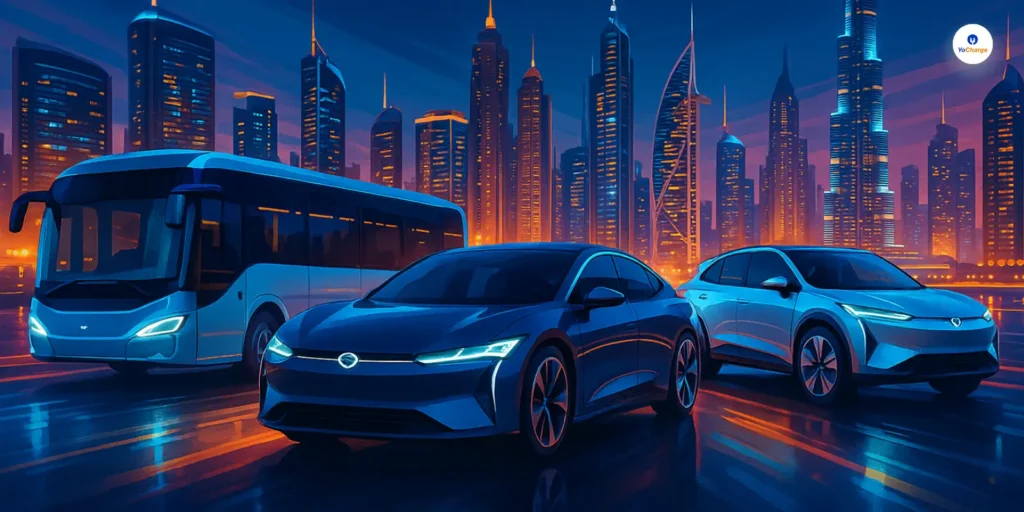
Electric vehicles (EVs) are becoming more popular around the world, thanks to their environmental benefits and cost-saving potential. However, like any other technology, EVs can have their own set of EV charging issues that drivers may face.
Understanding these problems and knowing how to fix them can save you time, energy, and money. In this guide, we will explore common EV charging problems and provide easy solutions to help you get back on the road.
Understanding EV Charging Issues
Electric vehicle owners often experience some typical EV charging problems. These issues may range from simple mistakes like forgetting to plug in the charger properly, to more technical problems with the charging equipment.
Here are the most common EV charging issues that drivers face.
1. Charging Station Not Working
One of the most common EV charging issues is the failure of a charging station to deliver power. This problem can occur for several reasons:
- Power failure: Sometimes, the station may be experiencing a power outage or technical issues.
- Faulty charger: The charging port might be damaged, preventing a proper connection.
- Overloaded circuit: If too many people are using the charging station at once, it may not be able to handle the demand.
Solution
If you find that the charging station isn’t working, first check to see if there are any power outages in the area. If the station is functioning but not charging, try using a different charger or port. If possible, contact the station’s customer support for assistance.
2. Charging is Too Slow
Another common problem that EV owners face is slow charging. It can be frustrating when your vehicle is not charging as quickly as you expect. Slow charging can happen due to several reasons:
- Low battery capacity: If the battery is almost empty, it may take longer to charge.
- Charging station type: Some stations, especially public ones, may only offer Level 1 or Level 2 charging, which are slower than fast-charging stations (DC Fast Charging).
- Vehicle settings: Some EVs have settings that limit the charging speed to protect the battery life.
Solution
To speed up the charging process, use a DC Fast Charger if available. These chargers can charge your vehicle much quicker than Level 1 or Level 2 stations. Additionally, check your vehicle’s settings to make sure there aren’t any restrictions that are slowing down the charge.
3. Charging Cable Problems
Charging cables are essential for delivering power from the charging station to your EV. Sometimes, these cables may have problems that stop your vehicle from charging correctly. Common issues include:
- Loose connection: If the cable is not plugged in properly, the charging may fail.
- Damaged cable: Over time, cables can become worn out or damaged, leading to poor or no charging.
- Cable compatibility: Some EVs require specific cables for charging. Using the wrong type of cable can lead to EV charging issues.
Solution
Always make sure the charging cable is securely connected. If the cable appears damaged or worn, it may need to be replaced. If your EV is not compatible with the cable at a public charging station, check if there is a different cable available or use an adapter if needed.
Also Read: Growth of Electric Vehicle Charging Infrastructure
4. The Vehicle Won’t Start Charging
If your vehicle doesn’t start charging, it can be a sign of a bigger issue. There can be multiple reasons behind this:
- Vehicle’s charging port: If there is dirt or debris in the charging port, it can cause a poor connection.
- Faulty onboard charger: The vehicle’s internal charging system could be malfunctioning.
- Software glitch: Some EVs rely on software to manage charging. A bug or error in the software may prevent charging from starting.
Solution
Check the vehicle’s charging port for any visible dirt or debris. If there’s nothing blocking the port, try restarting your EV and see if it starts charging. If that doesn’t work, contact your vehicle’s manufacturer for further assistance.
5. Overheating During Charging
Sometimes, an EV may overheat while charging, which can damage both the vehicle and the charging station. Overheating can happen due to:
- Overuse of the charger: Charging for too long or using the charger in very hot weather can cause overheating.
- Poor ventilation: Charging your vehicle in a hot or closed space without proper airflow can increase the risk of overheating.
Solution
Ensure your EV is parked in a well-ventilated area. If you are using a Level 1 charger at home, try limiting charging times or switching to a faster charger. Always monitor the charging process to prevent overheating, especially in hot weather.
6. Payment or Billing Errors
When using a public charging station, some users face issues with payment or billing. These issues can occur if the station’s system is not working correctly or if there are mistakes in your account information.
Solution
If you experience billing issues, contact the customer service team of the charging station provider. Double-check that your payment method is valid and that your account details are correct.
Some stations may also have a customer support number displayed on the screen or on their website for further assistance.
Also Read: Rise of Electric Car Sales in Emerging Market of Asia, Latin America, & Africa
7. Incompatible Charging Stations
Not all EVs are compatible with every type of charging station. Different EV models use different types of plugs and connectors. This is particularly common with public charging stations that may have a limited number of connector types.
Solution
Before heading to a charging station, check which type of connector your vehicle requires. Most charging networks provide information on the types of connectors available at each station, which can help you plan your route accordingly.
Conclusion
While EV charging issues are common, they are often easy to fix with the right knowledge. Whether it’s a faulty charger, slow charging, or a damaged cable, understanding the problem can help you resolve it quickly.
Remember to check your vehicle’s charging port, ensure the cable is properly connected, and choose the right charging station for your needs. With these tips, you can reduce the chances of encountering EV charging problems and enjoy a smooth driving experience.



